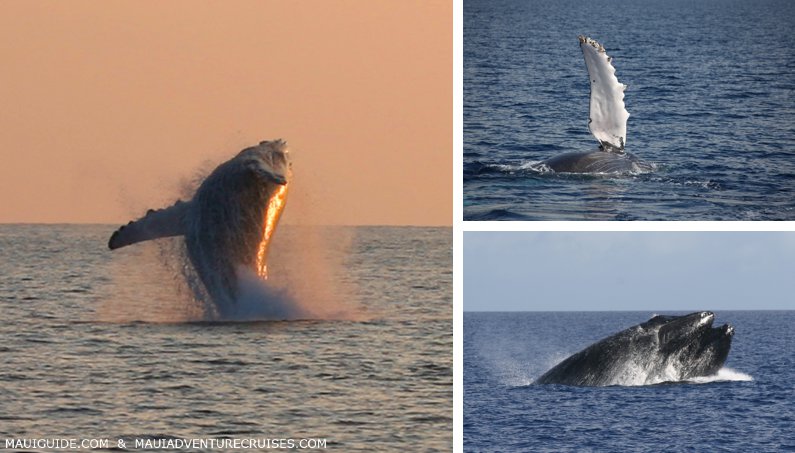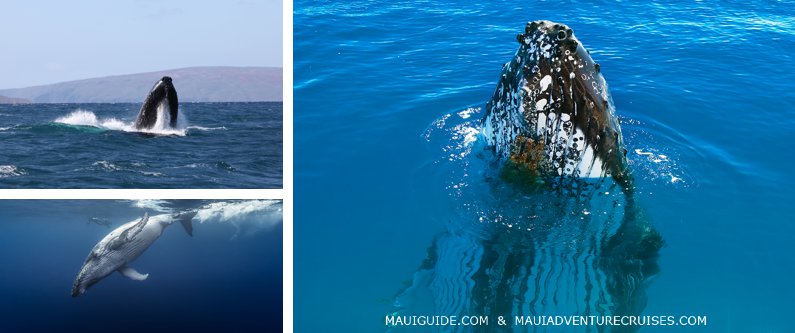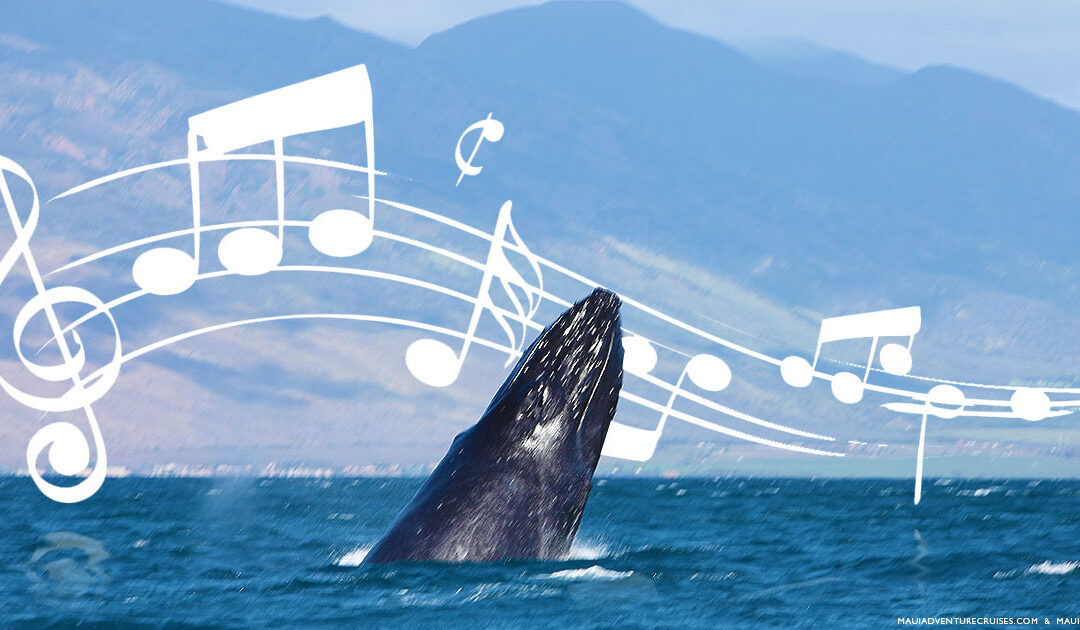I want to hear whales sing! How do I do it?
We outline 3 ways for you to listen to humpback whale song on Maui or from afar!
#1 – When in Hawaii during whale season, if you make the time to get up close and personal with the creatures of the ocean, you may be lucky enough to experience something truly magical. By snorkeling around Lahaina, scuba diving or free-diving under the water, it is possible to hear (and even feel!) the vibrations of a humpback song. The key is to move away from any other noises – such as those caused by wind on the surface or waves crashing close to shore – so that you can be still enough to pick up these delicate sounds. To do this effectively, take a deep breath and swim down to a quieter part of the sea bed. Once there, if you remain quiet and listening closely you may just catch a glimpse of an ever-unfolding symphony created only for your ears.

#2 – Our whale watching boats are specially outfitted with hydrophones – underwater microphones – to listen in on the majestic sounds of whales. When sea conditions permit, we lower the hydrophones into the water so that passengers can enjoy live broadcasts of whale songs. On particularly lucky occasions, when whales come closer to our super rafts, individuals can even feel the vibrations of the sound waves through the sides of the boat! We’ve actually heard them sing from the surface too, but it requires engines off and humpback to be close to us and close to the surface.


#3 – If you’re unable to travel to Maui during whale season, there is still plenty of opportunity to observe these majestic animals. Although Hawaii is renowned for its unique marine wildlife, humpback whales are particularly common in the islands’ waters between the months of December and May. Watch as they migrate from their summer feeding grounds in the North Pacific, to the warmer waters around Hawaii where they give birth and mate. If you’re looking for a spectacular show, be sure to visit Maui during whale season! You can listen to the haunting song of our humpbacks in the video below:

Experiencing the beautiful and ethereal song of the humpback whale while visiting Maui is nothing short of otherworldly. The unique array of vocalizations ranges from deep rumbles to high-pitched trills, creating a soundscape that is both captivating and alien. Interestingly, this melodic serenade appears to be primarily performed by male whales, who are thought to use their songs as a form of communication or mating call. It is this remarkable show that has made Maui’s shoreline an especially popular spot for whale-spotting, as its tranquil waters offer near-perfect acoustics for hearing these majestic creatures’ musical performances.

Male whales often serenade their surroundings with extended vocal performances that can last up to twenty minutes each. During these songs, the whales suspend themselves below the surface, their long front flippers protruding outwards. Due to the whales’ powerful reverberations, their poetic melodies travel for distances of over 20 miles – and with clarity! What’s more, the same whale may repeat its song many times over several hours with similar “dialects” as those in its geographic area. In a highly synchronous fashion, every singer in the population sings the same version of the composition at any given time during its performance. Furthermore, this composition is ever-evolving; as it is sung, it changes and evolves along with all of its singers.
The beautiful and mysterious song of whales has long been a fascination to humans. Despite many years of study, the purpose of this song is still unknown. Experts have suggested that it could be used by males to attract mates, ward off other males from their area, or merely as a form of communication between the animals.

It’s an incredible experience to actually listen to the sounds these majestic creatures make; you may even come up with your own theories about why they sing. Listening to the song is easy enough – with advances in technology, there are now several ways to hear it for yourself. You can take a boat tour near colonies of whales, use special underwater microphones called hydrophones, or even just try searching for recordings online! The sound will transport you into an underwater world where you can try and unravel the secrets behind the whales’ songs.




